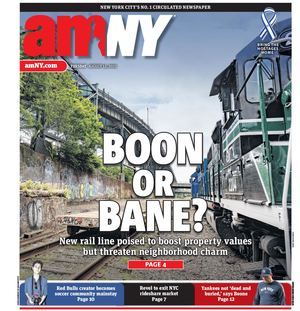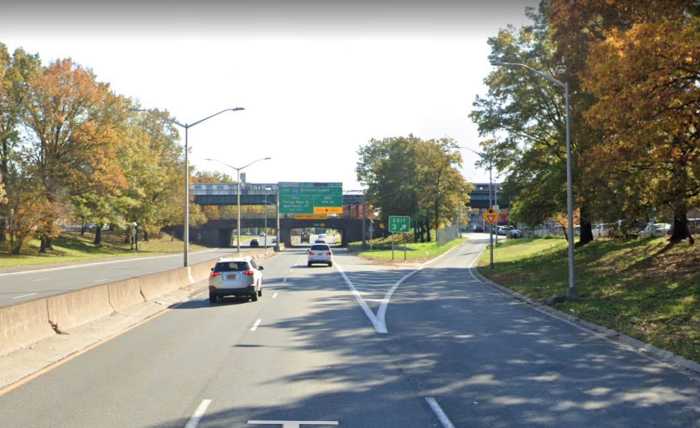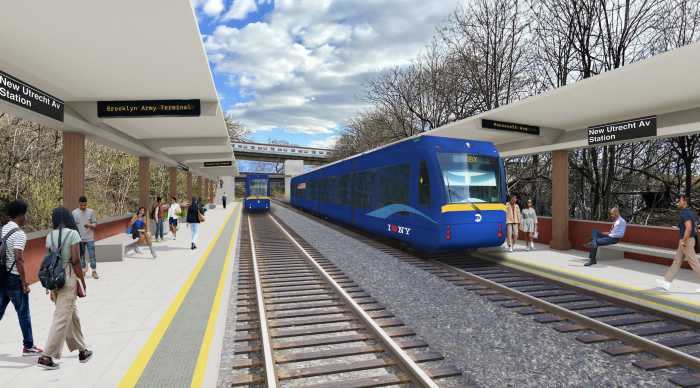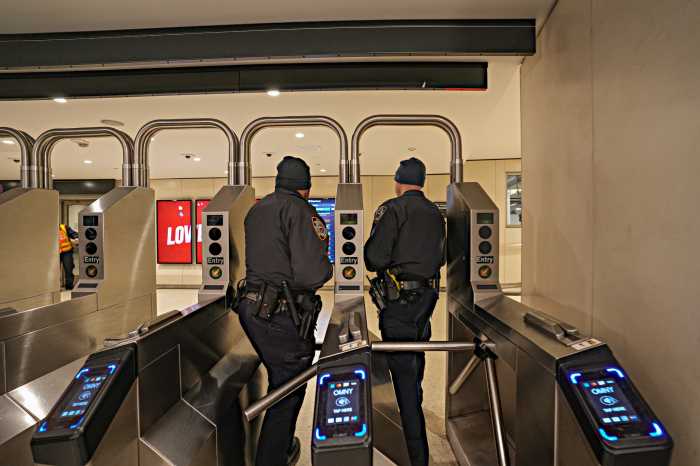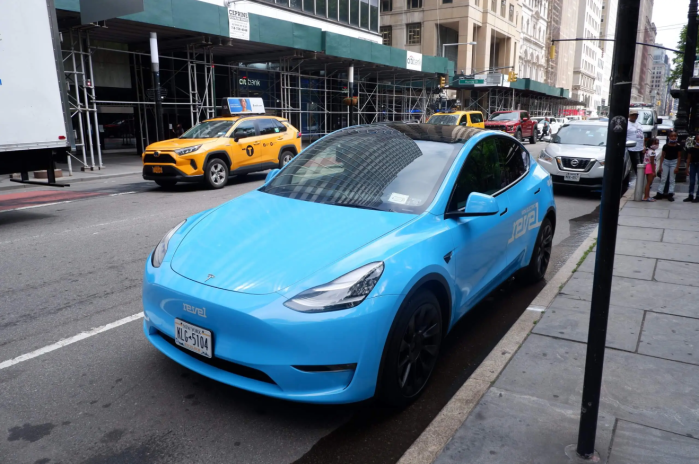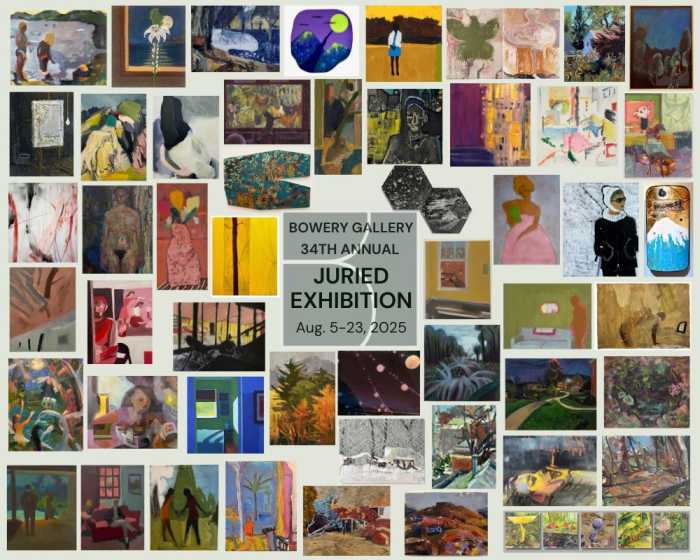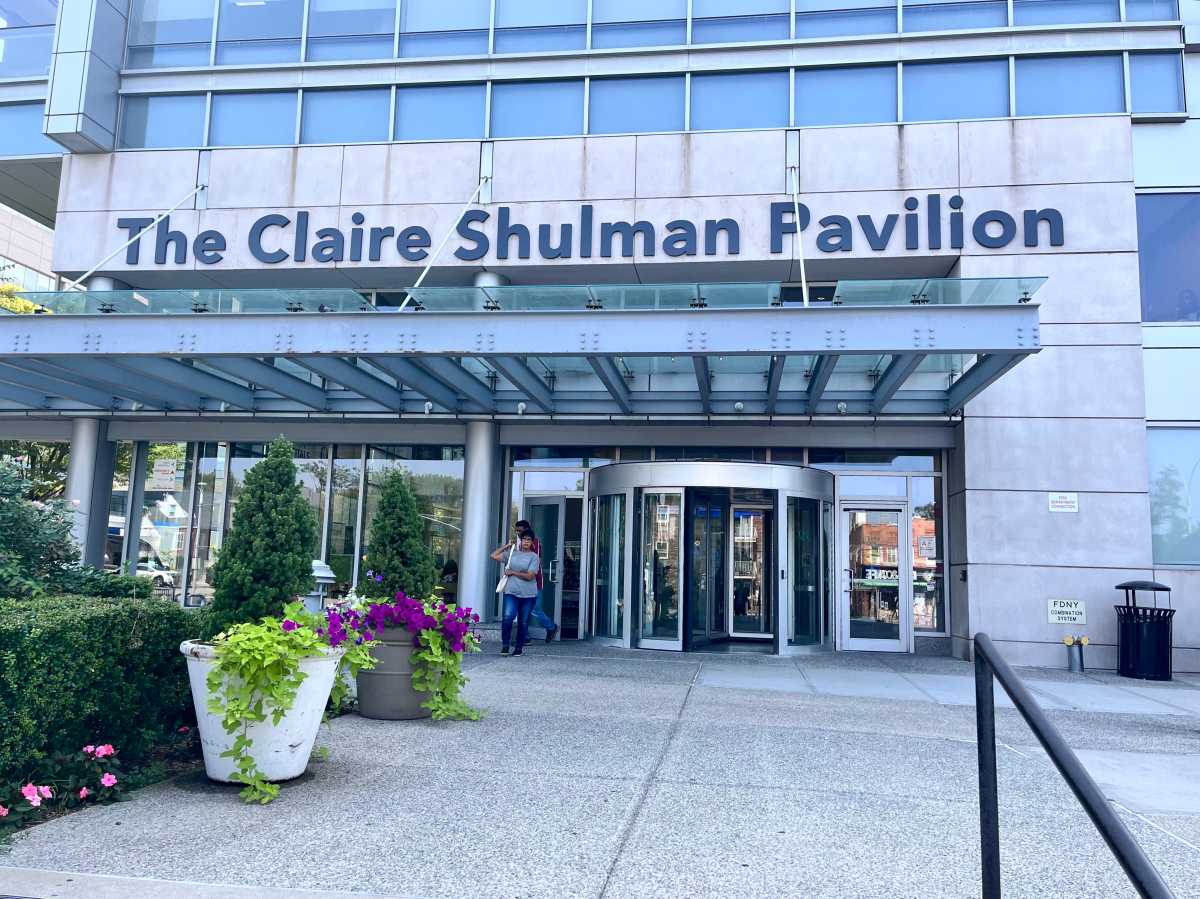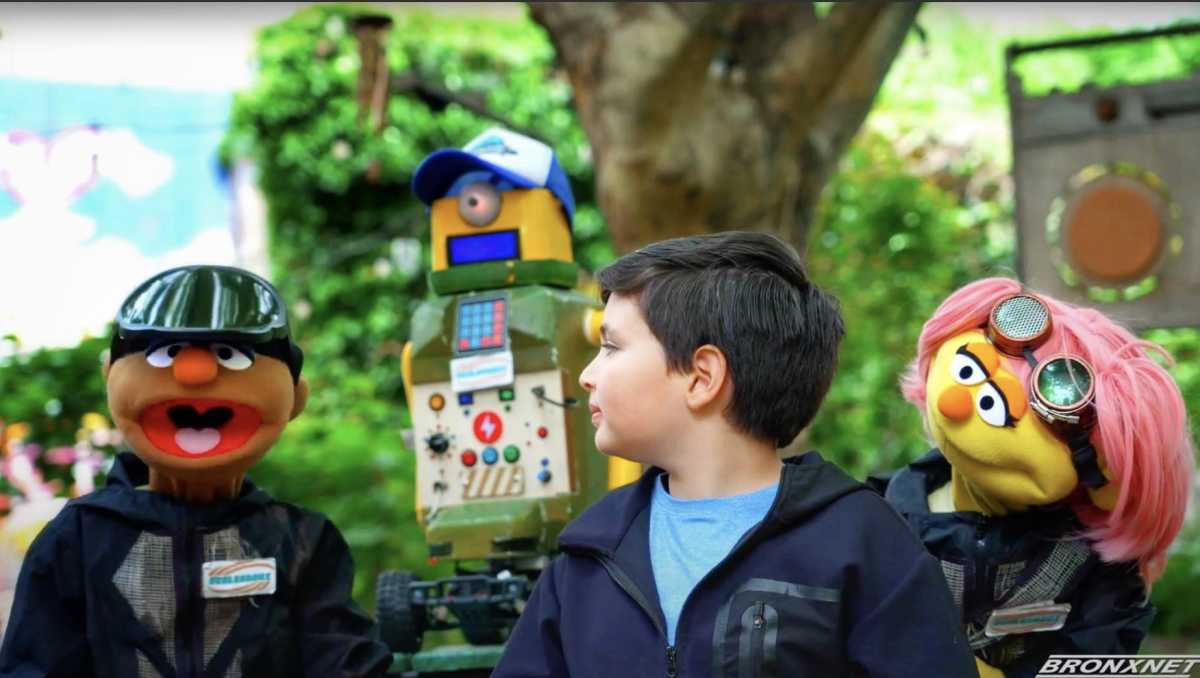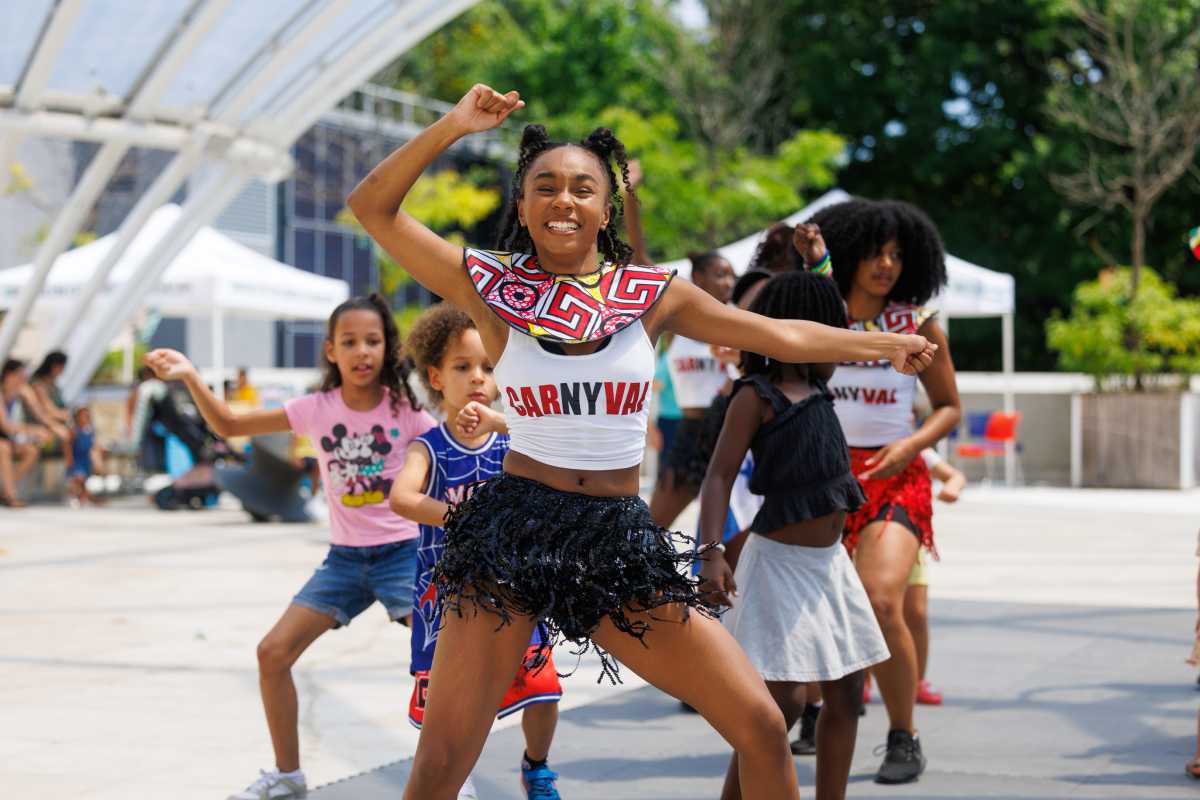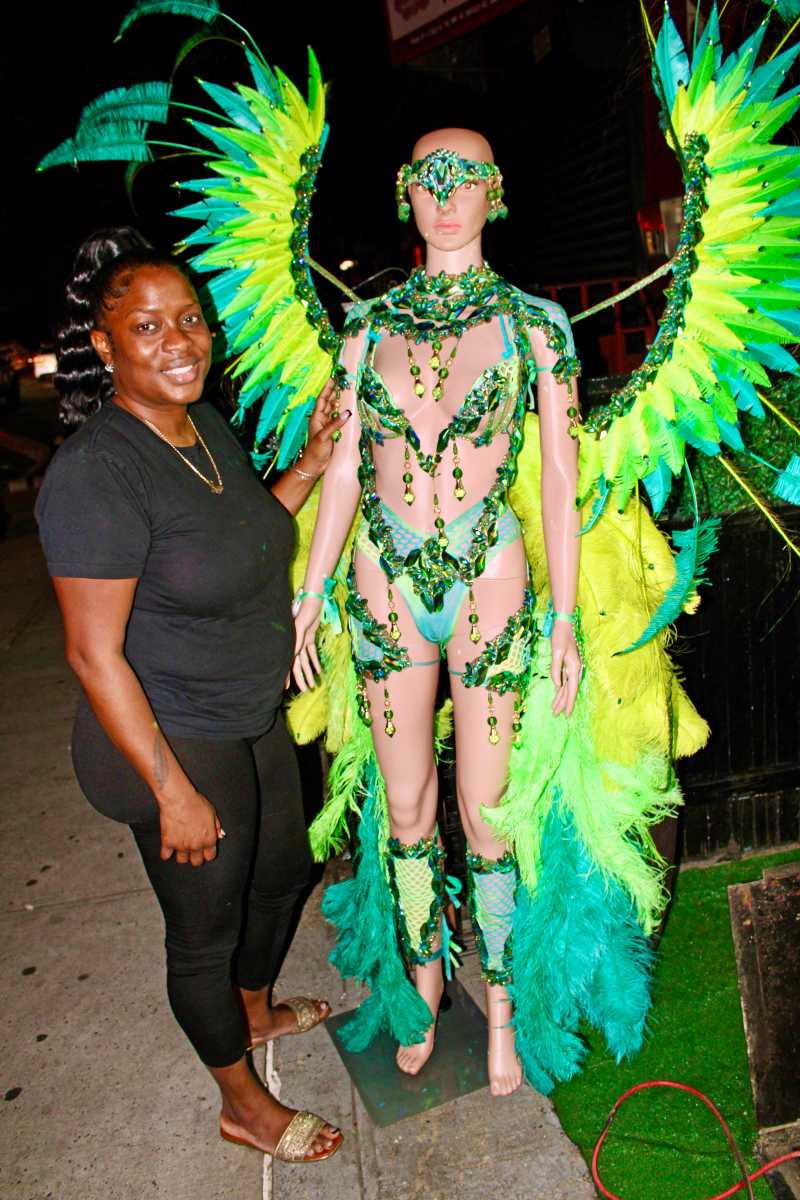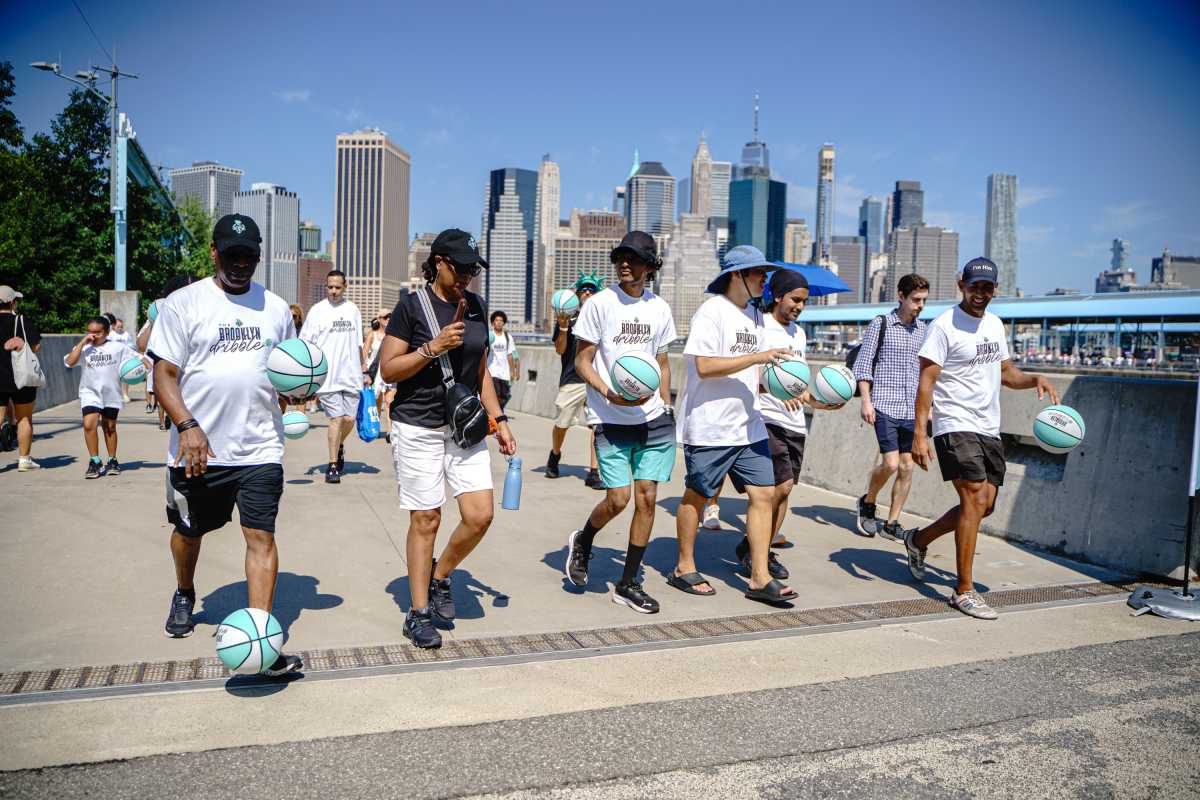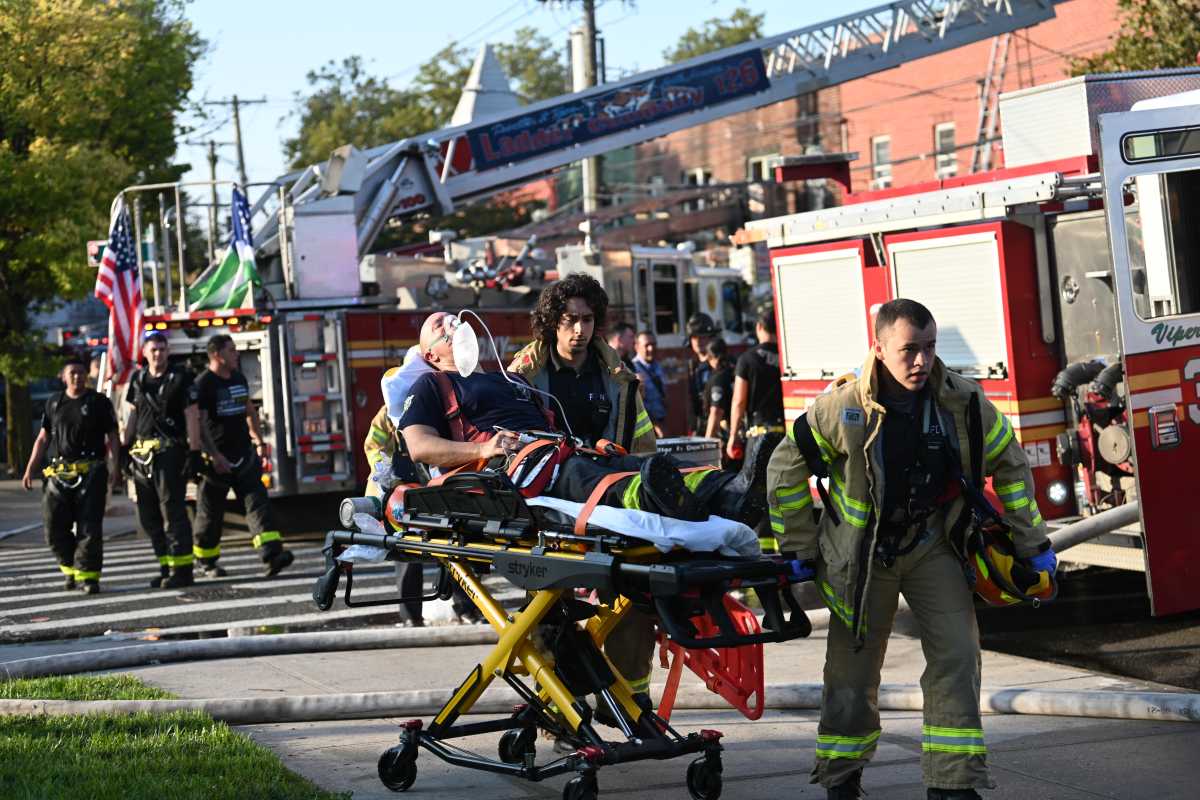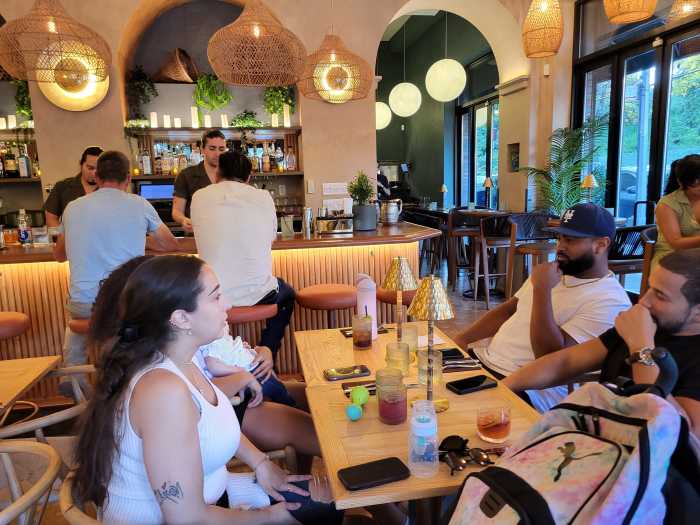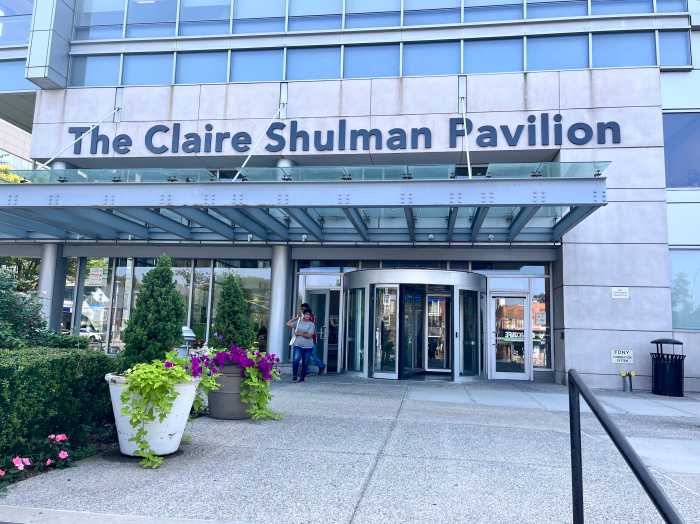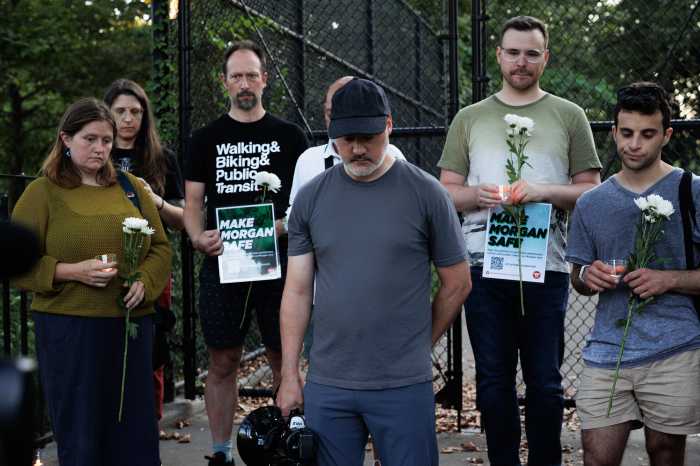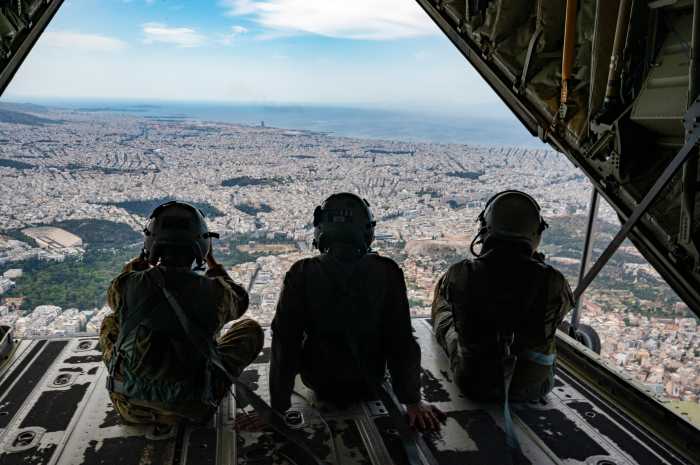PATH riders now have a direct underground link to Fulton Center and nine subway lines through the World Trade Center Oculus.
Port Authority officials, staff and construction workers celebrated on Thursday the opening of what’s called the Dey Street connection, located on the eastern end of the agency’s $4 billion Oculus hub.
“Expensive? Yes. Controversial? Perhaps,” said Port Authority chairman John Degnan at the ceremony, referring to the pricey, delayed transit hub. “But hasn’t that been true with the history of art always? I think so.”
Santiago Calatrava, the architect behind the bird-like transit hub, was in attendance. He and other officials spoke to the crowd about the structure’s symbolic relationship to the city.
“It will be fifteen years since that fateful September day,” said Scott Rechler, the authority’s outgoing vice chairman. “And now we’re standing in a spot where, shortly after the attack, no one would have believed that the World Trade Center site in lower Manhattan would look like what it looks like today.”
About 51,000 PATH riders travel through the World Trade Center hub each day. But with the 350-foot-long Dey Street hall, running under Dey Street between Broadway and Church Street, the Authority expects that number to spike. Commuters can now pass through to access the 2, 3, 4, 5, A, C, J, Z and R train lines.
“Having an all-weather route to connect all of these lines is a great thing for riders,” said MTA board member Andrew Albert.
The Port Authority said “tens of thousands” of visitors have been trekking to the Oculus every day. With the east end access, there is direct pedestrian connections to Battery Park City, One World Trade Center and Four World Trade Center
Not everyone is a fan, apparently. Port Authority executive director Patrick Foye, who once called the Oculus a “symbol of excess,” was on stage for the ceremony. He did not address the crowd.
Read more: MTA and Contractor Settle Wage Theft Case for $14,000
